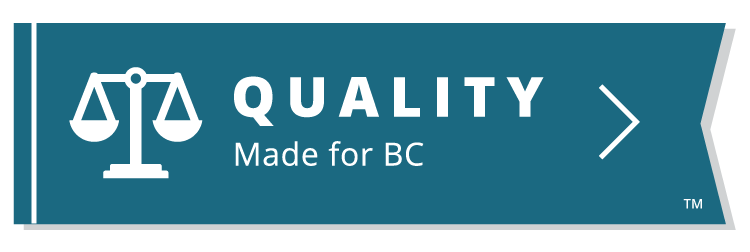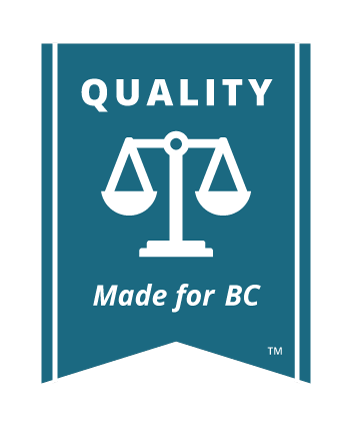Preparing a Bill of Costs
If you are entitled to your costs of the action, you must prepare a bill of costs using Form 62.Assessing “party and party” costs is based on “units”. Appendix B to the Supreme Court Rules contains a table called the “Tariff”. The Tariff table assigns different steps in litigation to different numbers of units that might be claimed.
For example, if you have prepared a notice to admit, (labeled as item 14 in the Tariff)) you can claim 1-5 “units”. The number of units that you can claim depends on how complex the step was. The more complex the task the more units that can be claimed. So, if you prepared one notice to admit with only a few admissions, this might only be one unit. However, if you prepared extensive notices to admit which attached many documents, you might claim 4 or 5 units. To determine what unit to claim you may need to get legal advice or do Legal Research. For more information see Get Help.
After you have figured out how many “units” you are entitled to under the Tariff, you multiply them by the “unit value”. Appendix B to the Supreme Court Rules s.3 sets out three different possible “unit values”: Scale A, Scale B, and Scale C. Unless the Court otherwise orders, you are to use “Scale B”. You multiple the number of units claimed by the unit value to determine the total award claimed.
# of units x unit value = amount claimed
Using the example above if you claim 4 units for preparing notice to admit and the court didn’t order the use of a particular scale you would do the following calculation.
4 x Scale B rate of $110 = $440
The following tips will help you prepare your own bill:
- Review the rules: Appendix B of the Rules tells you the categories and items that you can include in your bill of costs
- Item number: For each item fill in the number of units on the far right or leave the item blank if it does not apply to your case. Do not change the item numbers
- Calculate: Add up your claim for tariff item units to get a total number of units. Multiply the total number of units by the unit value according to the scale of costs
- The scale: When the judge or master made the order for costs, they may have “fixed the scale” from A to C, which is the scale you will use to calculate your costs. For example, if the case was not very difficult, the scale may have been fixed at Scale A, which means that you are entitled to claim $60 per unit. However, if the case was very difficult, the scale may have been fixed at Scale C, which means that you may claim $170 for each unit. The value for the scales is set out in section 3 of Appendix B. If the judge or master did not make an order about the scale of costs in your case, the units are assessed as scale B, which is $110.00 per unit
- Minimum and maximum units: For the items that have a minimum and maximum number of units that can be claimed, select a number of units that you feel is appropriate in light of the amount of time that would ordinarily be spent on the activity
- Flat rates: Some items are set at a flat rate (that is, they are assigned a specific number of units). The units reflect a full day’s work. If the activity took a half day or less, the units should be divided in half. If the activity took more than a day, the units should be multiplied by the number of days it took to complete the activity
- Taxes: You can add tax to your tariff costs if you retained a lawyer during the action and had to pay tax on the lawyer’s legal fees

Find the Form
Form 62 Bill of Costs

Read the Rules
Calculating Disbursements
In addition to the items under the tariff, you may claim for your disbursements (out-of-pocket expenses). Generally, this includes things like court filing fees, photocopying, faxes, long-distance telephone calls, amounts paid to experts for expert reports or testimony in court, witness fees, and postage. You should prepare an itemized list of your disbursements, with a total.
You may need to prove these claims, so keep your receipts. If you cannot find receipts, look for credit card statements, bank statements, or other evidence of the expenses.
Costs in Fast Track Litigation
Fast-track litigation restricts the number of costs you can claim after trial. This means that even if you win, you will only get a very limited amount of money for costs, not including disbursements:
- If the trial is one day or less, you can claim $8,000 in costs
- If the trial is 2 days or less, but more than one day, you can claim $9,500 in costs;
- If the trial is more than 2 days, you can claim $11,000 in costs.
- The court can order an increased amount of costs if there are special circumstances. For example, courts may order an increased amount where there has been an offer to settle for more than the final award (Rule 15-1(16)). This does not happen in every such case, however, and will depend on factors like the timing of the offer, the difference between the amount and terms of the offer and the result at trial, and whether the trial was heard within the three-day time frame. See Fast Track Litigation
Send Bill of Costs to the Other Party
Once you have a total of the disbursements and the amount claimed for the tariff items, you should send your bill of costs to the opposing party who has been ordered to pay your costs. Ask the other party to state whether they agree with the amounts you have claimed or, if not, which items or disbursements are in dispute.
The other party may agree to pay the costs that you have claimed or an amount that you agree is acceptable. They might also ask to see your receipts for the disbursements you have claimed. If the other party does not agree to pay the costs, you will need to make an appointment to have your costs assessed by the registrar.







 JusticeEducation.ca
JusticeEducation.ca JusticeEd
JusticeEd /JusticeEducation
/JusticeEducation